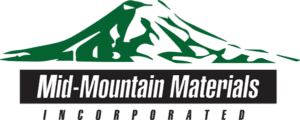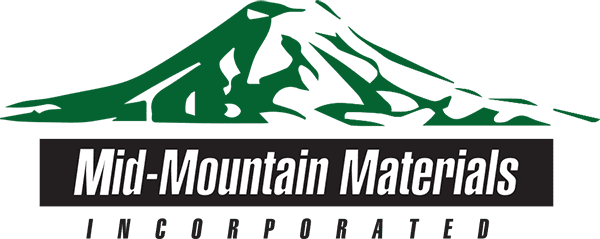Few working environments are as unforgiving as the vacuum of space. As with any frontier, there are enduring challenges associated with the space industry. Efficient propulsion. Reliable communication. Protection of assets deployed at low earth orbit (LEO) and above. It’s a multifaceted challenge that has grown more complex, yet also more manageable, over time. This is partly due to the rise of the new space economy and the decentralisation of aerospace initiatives.
More stakeholders than ever are interested in space exploration and satellite deployment. The latter is critical, as installations of this ilk represent the commercial side of the industry. There is a premium on orbital space. Yet there is also exponential growth in demand for faster, more reliable communications on earth. Optical technologies using interconnected satellite arrays are the logical solution. However, the increasing complexity of onboard electrical systems mandates diligent design.
NASA-STD-8739.4 is one of several standards governing cable sleeving in satellite design. It specifies that sleeving should be snug, secured at both ends and shall not freely slide. There are specific physical considerations required when meeting this and other regulations. Connector orientation and harness accommodation, for example. Of course, sleeving must also perform the foundational role of insulating wires and preventing current egress into other conductors.
Why HYTEX® 500 NOMEX® is the Gold Standard for Cable Sleeves on Satellites
Geostationary satellites, weather satellites, space stations, etc., are integral to the modern aerospace landscape. Their optimal performance is non-negotiable, and that’s where HYTEX® 500 NOMEX® steps in.
1. Superior Protection
HYTEX® 500 NOMEX® sleeves are renowned for their excellent protective attributes. By necessity, satellites are densely packed environments. Harness accommodation is highly restrained by the superstructure, meaning larger mission requirements drive cable unit design. This opens the door to wear and tear due to routine vibration. HYTEX® 500 NOMEX® ensures these cables are safeguarded against such issues, enhancing their longevity and guaranteeing seamless satellite operations.
2. Chemical Resilience
Space presents an unpredictable chemical milieu. Cables on orbital satellites may not encounter the most diverse range of chemicals, but they may be subject to ingress from moisture. The resistance of HYTEX® 500 NOMEX® to prevalent acids, alkalis, fluorocarbon refrigerants, transformer oil, and silicons positions it as an ideal choice for most demanding conditions, including satellite installations.
3. Weight Efficiency Emphasized
In aerospace endeavors, particularly satellite applications, weight is a paramount factor. HYTEX® 500 NOMEX® is crafted with this criticality in mind. It strikes a balance by being lightweight yet offering stellar protection against chafing, cutting, and abrading.
4. Exceptional Resistance to High Temperatures
Satellites can face scorching temperatures. The capacity of HYTEX® 500 NOMEX® to endure temperatures up to 662ºF, while maintaining its flexibility, underscores its aptness for such high-temperature scenarios.
5. Adaptability Across Temperature Extremes
Temperature fluctuations characterize the vastness of space. HYTEX® 500 NOMEX® is proficient in navigating this spectrum, with ratings spanning from -60°C to +240°C. This versatility ensures cables are shielded, be it in space’s icy void or the searing heat of re-entry.
6. Radiation Defense
Gamma and X-ray exposure is a pressing concern for satellites. HYTEX® 500 NOMEX® sleeves, with their inherent resistance to such radiation, ensure that the satellite cables remain functional and uncompromised.
7. Streamlined Installation
Efficiency is crucial during satellite assembly and upkeep. The malleable nature of HYTEX® 500 NOMEX® ensures a smooth installation process. This flame-resistant and flame-retardant material optimizes the assembly workflow, conserving both time and effort.
The global and United States’ demand for steadfast satellite technology is escalating. At Mid-Mountain, we’ve highlighted the pivotal role of HYTEX® 500 NOMEX® in fortifying the efficiency of satellite cables. Its unique attributes, from flame retardancy to high-temperature resistance, render it indispensable in contemporary aerospace applications.
For aerospace professionals, the directive is clear: when contemplating cable sleeves for satellites, HYTEX® 500 NOMEX® is the benchmark. We encourage all stakeholders to acknowledge its unparalleled advantages and incorporate it into their satellite blueprints.
*Nomex® is a registered trademark of the E.I. DuPont Company, Wilmington, DE.*
References and further reading:
- Y.E. El Mogahzy. (2009). “8 – Structure, characteristics and types of fiber for textile product design”. Engineering Textiles. Available at: https://www.sciencedirect.com/science/article/pii/B9781845690489500089

